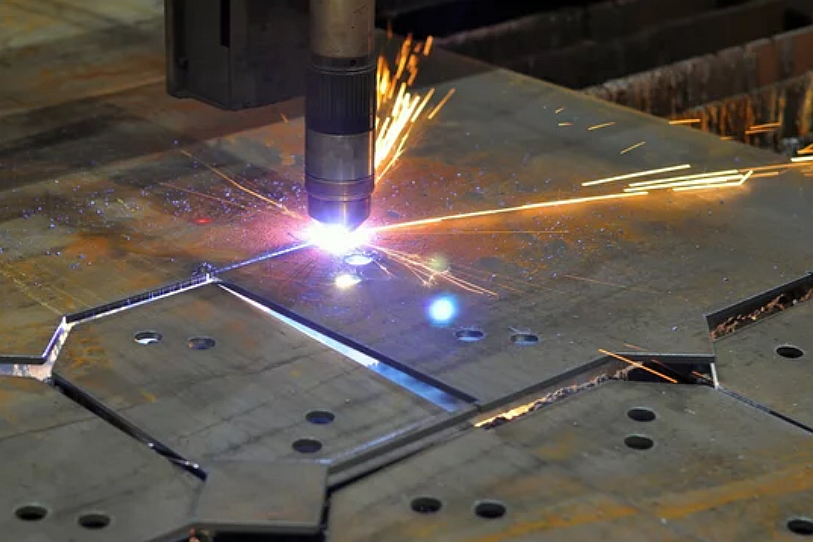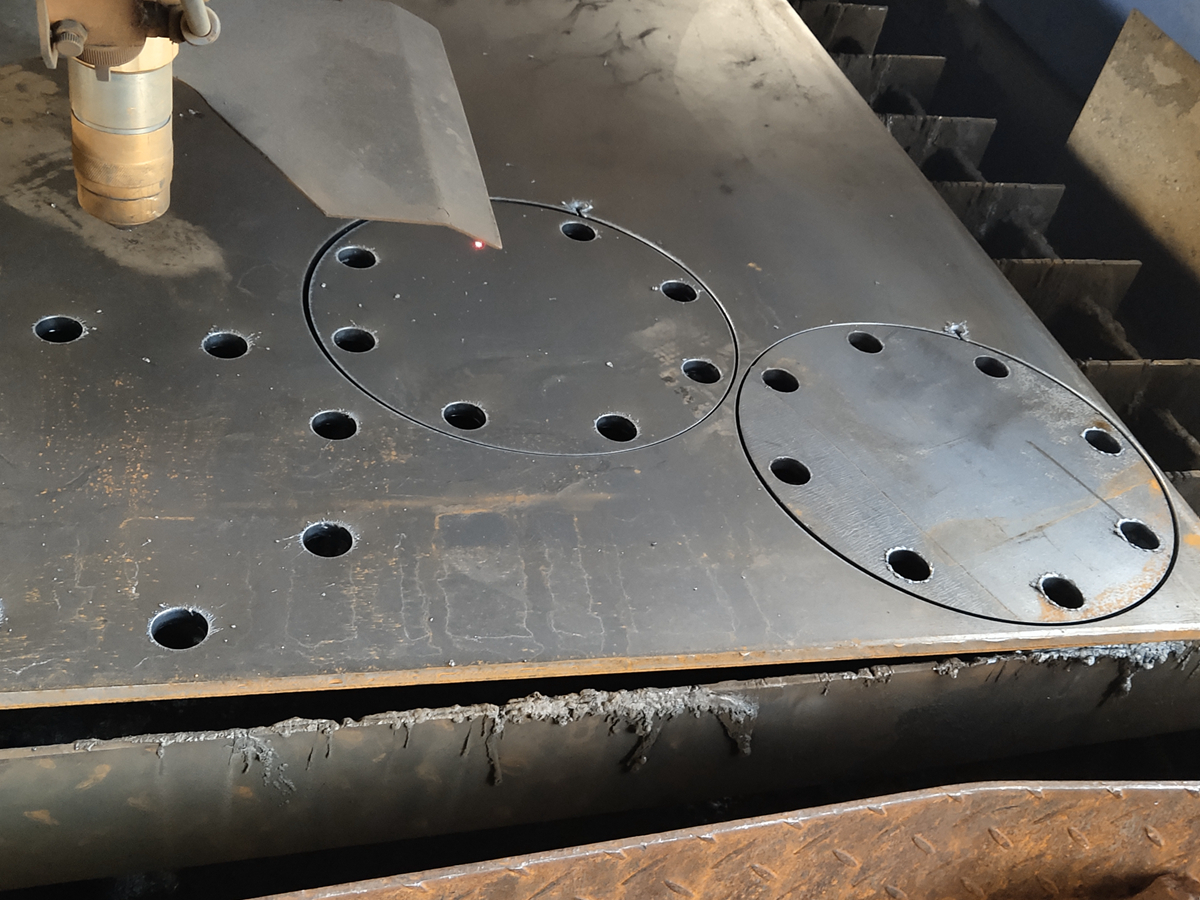What materials can be cut using plasma cutting technology?
Introduction
Plasma cutting is a highly efficient method for separating electrically conductive materials through a high-temperature ionized gas stream. At Neway, our plasma cutting service supports a wide range of industrial metals—from structural steels to non-ferrous alloys—delivering clean edges, high precision, and minimal heat distortion. This flexibility makes plasma cutting a vital tool in fabrication, prototyping, and large-scale production across various industries.
Manufacturing Process and Versatility
Plasma cutting uses an electrically charged jet of gas to melt and eject material along the cutting path. The process is suitable for both thin and thick sections, making it ideal for manufacturing environments that require adaptable cutting capabilities.
In modern setups, CNC-controlled systems integrated with sheet metal fabrication ensure repeatable accuracy. Combining plasma with laser cutting or metal bending enables the creation of complex geometries and edge preparation within a single workflow. For pre-production verification, prototyping services help optimize design before full-scale fabrication.
When working with cast or machined parts, plasma cutting also complements CNC machining prototyping by efficiently trimming oversize blanks prior to finishing operations, improving material utilization and throughput.
Common Materials Cut by Plasma Technology
Carbon and Alloy Steels
Standard carbon steel and low-alloy steel are the most commonly processed materials by plasma cutting. Their excellent electrical conductivity and moderate melting points enable smooth, consistent cuts up to several inches thick. This makes them ideal for structural frames, brackets, and automotive components.
Stainless Steel
Stainless steel can be cut precisely without oxide formation or excessive dross. It’s widely used in food processing, medical device, and architectural applications requiring clean edges and high corrosion resistance.
Aluminum and Its Alloys
Lightweight aluminum die-cast and cast aluminum components are ideal candidates for plasma cutting, particularly in aerospace and automotive structures. The process maintains tight tolerances while preventing thermal distortion through controlled heat input.
Copper and Brass
Copper alloys and brass can also be cut effectively with plasma torches designed for high-conductivity materials. Advanced gas mixtures ensure arc stability, enabling the fabrication of electrical and decorative components used in energy systems.
Nickel, Titanium, and Specialty Alloys
Plasma cutting is also compatible with high-value materials, such as nickel-based alloys and cast titanium, which are commonly used in the aerospace, power generation, and chemical processing industries. These materials benefit from plasma’s localized heat zone and precise cut path, minimizing waste of costly raw stock.
Surface Finishing and Post-Cut Treatments
After cutting, parts often undergo finishing to remove minor edge oxides and improve surface quality. Processes such as sandblasting and electropolishing refine the edges, while powder coating or anodizing enhance corrosion resistance and appearance for exposed components.



